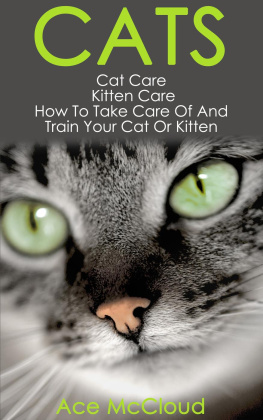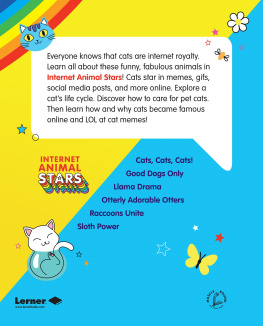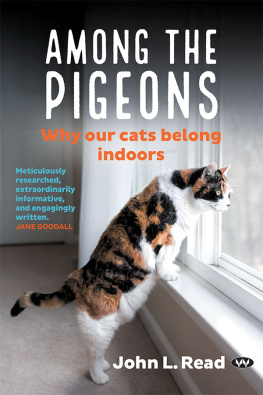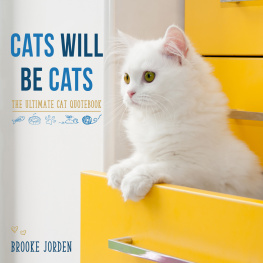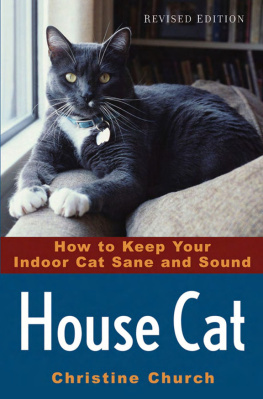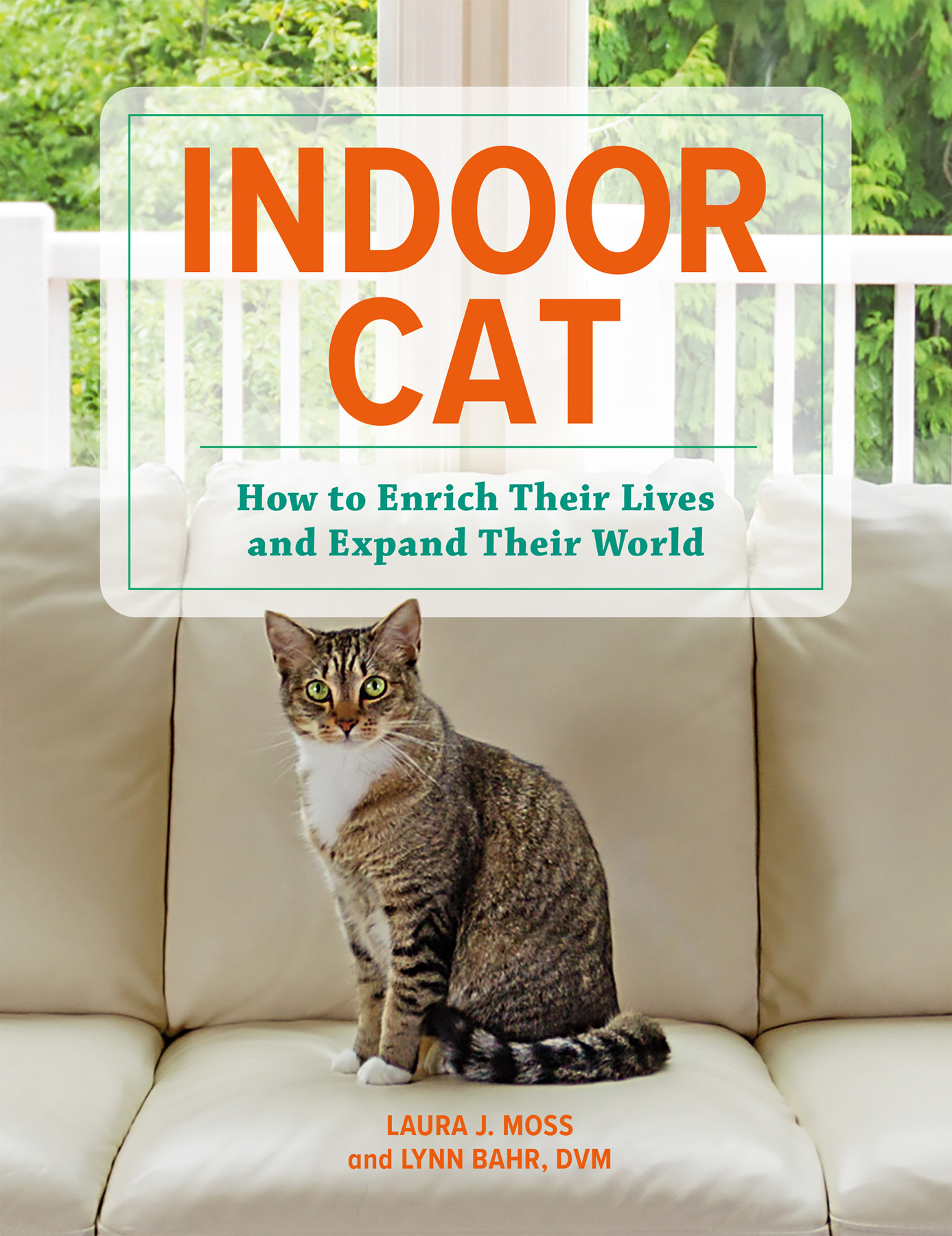
Copyright 2022 Laura J. Moss and Lynn Bahr
Cover copyright 2022 by Hachette Book Group, Inc.
Hachette Book Group supports the right to free expression and the value of copyright. The purpose of copyright is to encourage writers and artists to produce the creative works that enrich our culture.
The scanning, uploading, and distribution of this book without permission is a theft of the authors intellectual property. If you would like permission to use material from the book (other than for review purposes), please contact permissions@hbgusa.com. Thank you for your support of the authors rights.
Running Press
Hachette Book Group
1290 Avenue of the Americas, New York, NY 10104
www.runningpress.com
@Running_Press
First Edition: April 2022
Published by Running Press, an imprint of Perseus Books, LLC, a subsidiary of Hachette Book Group, Inc. The Running Press name and logo is a trademark of the Hachette Book Group.
The Hachette Speakers Bureau provides a wide range of authors for speaking events. To find out more, go to www.hachettespeakersbureau.com or call (866) 376-6591.
The publisher is not responsible for websites (or their content) that are not owned by the publisher.
Cover photograph copyright 2021 Getty Images
Library of Congress Control Number: 2021936567
ISBNs: 978-7624-7465-3 (hardcover), 978-0-7624-7463-9 (ebook)
E3-20220211-JV-NF-ORI
This ones for Foxxie and Rudolph, the first felines to steal our hearts. And its for everyone who picks up this book so they can give their cat the best nine lives.
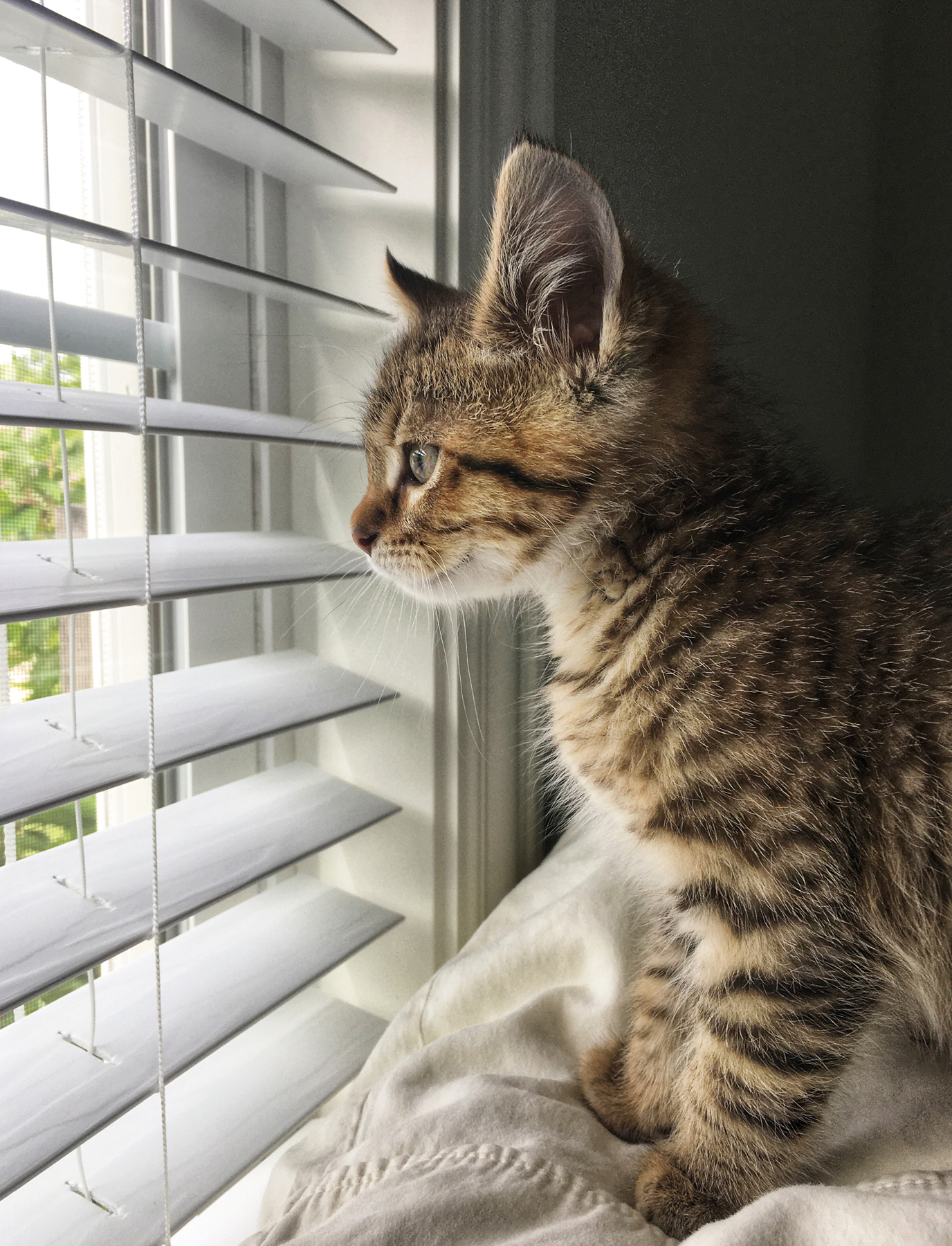
Imagine that you could live in the home of your dreams. Within those walls, you have everything you could possibly need: Your plate is never empty, you can nap to your hearts content, you receive ample love and affectionand also plenty of delicious treats. The only catch? You can never venture beyond those walls to walk on grass, breathe fresh air, bask in direct sunlight, or interact with the world outside the window. For the rest of your life, your entire universe is confined to the space within those walls.
For the average domestic cat in America, this lifestyle isnt just a scenario; its reality. And while a life free from the stresses of daily survival may sound idyllic, the truth is that the indoor environments we provide our feline friends often actually create entirely new stressors that threaten their mental and physical well-being. Its a sad truth that veterinarian Dr. Lynn Bahr has witnessed firsthand in her 28-year career as she watched cats move indoors and be forced to adapt to life inside four walls.
She started noticing more and more cats exhibiting signs of boredom and depression, and hearing cat owners complain about behavioral problems. These cats often had accompanying physical ailments, like obesity, diabetes, and cystitis (inflammation of the bladder), and had to be put on special diets or prescription medications. The cats that had trouble adjusting to indoor life were often prescribed human behavioral medications, declawed, rehomed, abandoned, or relinquished to shelters, and Lynn realized that millions of perfectly healthy cats were actually being euthanized because of their inability to overcome their instincts and adapt to an unnatural life.
Recognizing that indoor cats needs werent being metand that cat owners often dont even understand their pets needsLynn launched Dezi & Roo, a company named after her own two beloved felines. Dezi & Roo designs, manufactures, and sells solution-based pet products. Her creations aim to enhance the lives of cats and strengthen their bond with their human companions because, after all, cat owners do want whats best for their furry friends.
In fact, thats the reason many people choose to keep their cats indoors. They want their cats to be safe, and they want them to live long, happy lives. And cats certainly can live full, enriched lives indoors; however, this requires a commitment on behalf of the cats caregiver that goes beyond simply filling the food bowl and emptying the litter box.
Unfortunately, though, the belief that cats are easy, low-maintenance pets permeates American culture. Popular wisdom holds that cats dont require outdoor time, that they can be left alone for days at a time, as long as enough food and water is left out, and that they dont need much interaction, companionship, or socialization, if any at all. In other words, Dont have time to care for a dog? Get a cat!
However, this widely held misbelief about cats has enabled us to treat them more as ornaments in our homes than as animals, when theyre actually more closely linked to wild animals than even canines. While dogs have been domesticated over thousands of years, so-called domestic cats arent actually that far removed genetically from their wildcat relatives. According to a study by Washington Universitys Genome Institute, the cats we share our homes with retain many of the hunting, sensory, and digestive traits of their wild kin. As few as 13 genes may separate domestic cats from their ancestors, and biologists have noted that cats dont meet all the criteria for domestication and may best be described as exploited captives, according to a 2016 Scientific World Journal article.
So, weve taken an animal with an instinctual need to engage its highly evolved senses and confined it to a predictable, artificial environment with little to no enrichment whatsoever. In turn, our cats tend to respond in one of two ways: They act out, or they dont act at allinstead sleeping much of the day away.
Interestingly, for cats that act outwhether its through aggression or elimination outside the litter box, among other unwanted behaviorsveterinarians and feline behaviorists often recommend environmental enrichment. In other words, simply give your cat something to do, such as introducing daily training sessions, implementing food-foraging techniques, and learning how to engage all types of cats in appropriate play. Many also suggest providing cats with outdoor opportunities, such as stroller rides, leashed walks, or access to outdoor enclosures known as catios.
For example, when Laura noticed a trend of more and more indoor cats venturing outside in a variety of ways, she discovered that some cat owners felt it was unfair or even cruel to deprive their beloved pets of access to fresh air and sunshine, while others were strapping their cats into harnesses as a result of a veterinary recommendation or a realization that their pets required something that an indoor lifestyle simply couldnt provide.
As Laura learned more about how indoor cats can blossom and actually overcome mental and physical ailments when allowed outdoor time, it inspired her to launch AdventureCats.org, the first resource that provides information on how to enjoy the great outdoors with your cat. As Adventure Cats social media followers grew to hundreds of thousands, Laura discovered that countless people were already adventuring with their cats or were curious about how they could share the sights, scents, and sounds of nature with their feline friends to give them a full life.
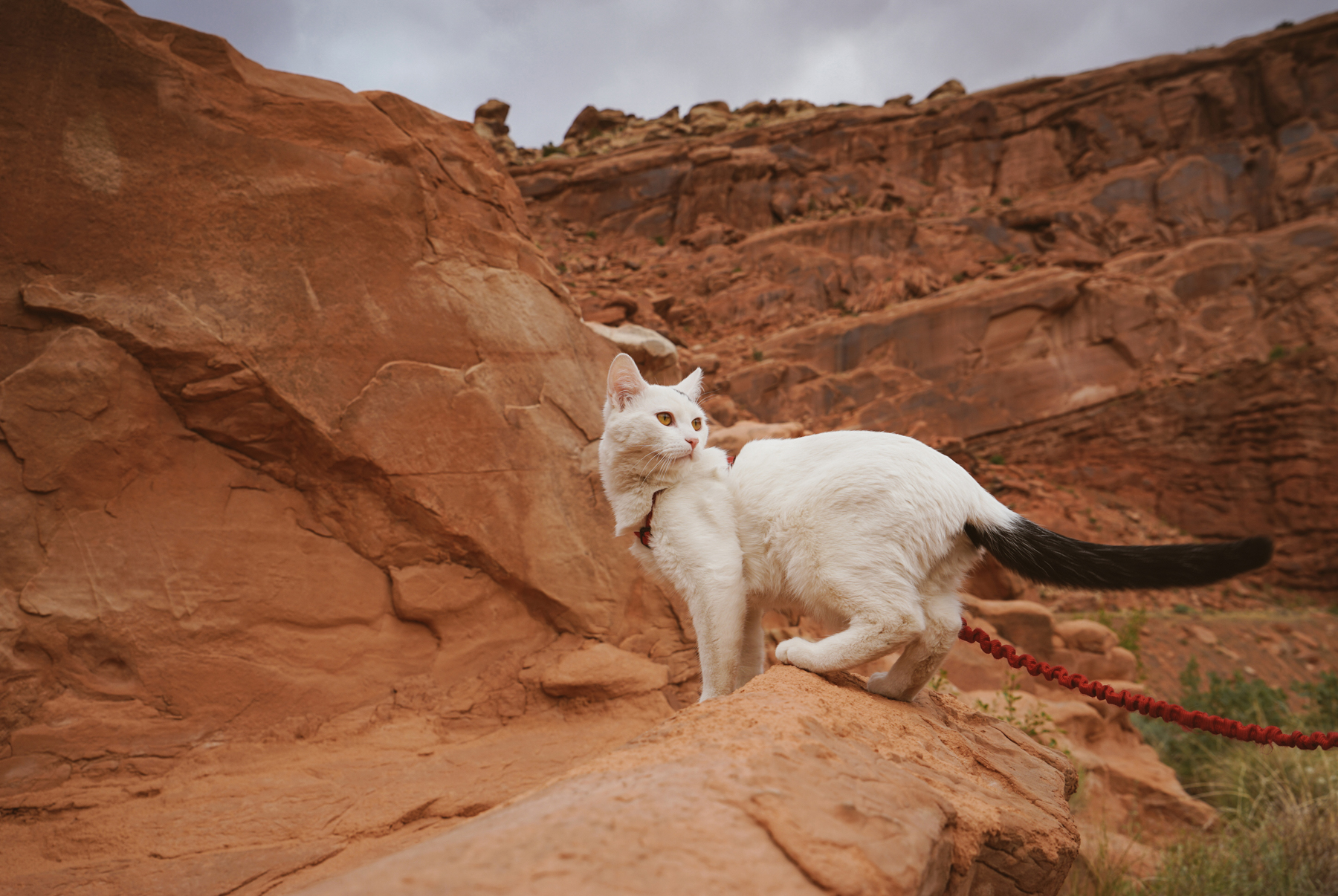
She interviewed numerous conscientious cat owners who saw how their cats were fascinated by the world outside the window or simply struggling to adapt to living in a small space or deal with their excess energy. These cat owners told her that giving their cat the opportunity to go outside and truly be a catto explore, stalk, prowl, and experience the worldtransformed their animals. The cats were stimulated and more active, and, in turn, they were happier and healthier.



